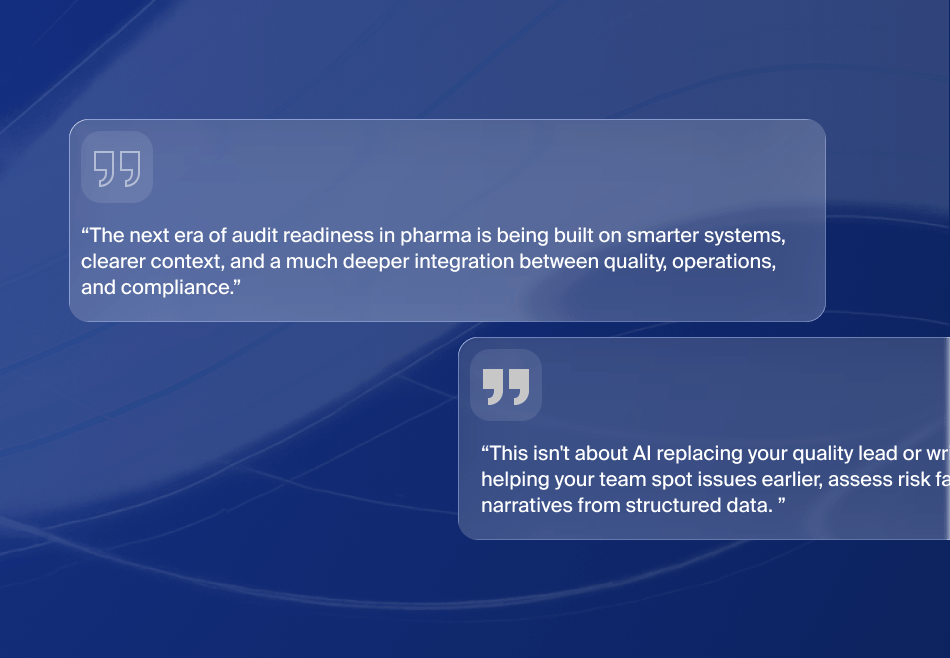Introduction
- 1.Storage requirements in a chemical company are complicated. As far as hazardous chemicals are concerned, the need for caution and adherence to safety guidelines is a must. Manufacturers need to optimize their warehouse operations to maintain plant profitability while providing competitive pricing in the face of outpouring competition.
- 2.A sound chemical warehouse management system ensures that everything in the industry runs in the most optimal way possible. The usual warehouse activities may include arranging the inventory, managing new material stock, running and maintaining appropriate equipment, shipping orders, tracking and improving overall warehouse performance, etc.
- 3.Optimizing Warehouse Management processes is higher on the list of priorities within a chemical company involving planning, organizing, directing, and controlling resources.
Below are a few challenges distinct to the chemical industry and reasons manufacturers must address them proactively.
Labeling Hazardous Products for Inventory and Shipments:
The Hazard Communication Standard (HCS 2012), per OSHA), requires chemical manufacturers to classify produced or procured chemicals hazardous data. They must also inform employees about the chemicals their exposure through a hazard manual, product labels with chemical hazard information, safety data sheets, and workforce training. Maintaining chemical information and printing Product Labels ensures compliance with HCS 2012. The regulations give importance to the consistency and content of chemical labels. Product Labels are standardized and must include these six elements:
Figure: 1Chemical Label in Microsoft Dynamics Finance and Operations with Key Elements
- 1.Signal Word – Indicates a hazard, such as “Warning”/”Danger.”
- 2.Pictograms – To identify hazardous products, grouped by health risk, chemical risk, and environmental risk. Given below is an example.
- 3.Manufacturer’s details: Identifies the manufacturer’s company name, address, and telephone number.
- 4.First aid and precautionary statements: Describes preventive, response, storage, and disposal precautions.
- 5.Hazard statements: Describes the nature of hazardous products and the degree of hazard.
- 6.Product name: Identifies the chemical name.
Warehouse Inventory Accuracy
Inventory has to be labeled correctly and stored appropriately in the right locations according to directives. Inventory inaccuracies can occur due to several reasons. Not having real-time inventory counts, inability to track inventory in the different locations, moving inventory without recording the transfer. Most of these issues are attributed to time, breakdown in process or non-compliance to process and insufficient training on the chemical inventory management system. When workers face these types of problems, they usually bypass it in favor of the interest of time. More than often, these flaws can accumulate, leaving behind inaccurate data in the chemical inventory tracking system.
Figure: 2Inventory Tracking in a Warehouse
![]()
Revisit your warehouse management strategy
There are various solutions to mitigate the above problems. Let us discuss a few:
- Every warehouse personnel starting from manager to workers must adequately train to resolve different types of errors.
- Build a healthy work-knowledge environment about the entire system to assist each other with information, accordingly, whenever any issues turn up.
- Reliable technologies like cloud management software and machine learning applications can produce higher accuracy and transparency to the entire warehouse operation.
- Chemical warehouse optimization is possible by human resource management solutions, material management solutions, and monitoring key performance metrics to track the warehouse’s overall efficiency. Order picking accuracy, warehouse capacity, on-time shipment to customers, etc. are a few such measures that will improve overall warehouse productivity.
- The use of technologies such as mobile devices embedded into the ERP to streamline operations. Mobility in Supply Chain Management is imperative since it leads to cost reduction, escalates productivity, and better improves operational efficiency.
The Role of Picking Optimization within the Chemical Warehouse
Picking is a critical process within a warehouse, and if not optimized, can turn chaotic – particularly with a large volume of warehouse transactions. A majority of chemical warehouse management issues occur while picking an item. The problem is often a result of ‘receiving’ or ‘put-away’ tasks. Despite radiofrequency and voice-directed systems becoming widespread, some operations continue to rely on manual-driven systems. A critical piece of the overall management is to ensure full compliance with you ERP system, even when situations arise that make compliance seem unreasonable. Exceptions such as offering an approved substitute item or finding an incorrect product in a location must have a record to allow a complete and precise account of the inventory.
Numerous errors can manifest during picking. These include viewing the physically available on-hand quantity of an item and reserving inventory on previously confirmed backorders—the delta then shows an available amount after allocating material to existing orders. Additionally, picking operations can easily deceive a planner who is viewing inventory. A well-functioning warehouse management system should detect – allocated, picked, and shipped stock to avoid overbooking for quantity to multiple orders. If an inventory count leads to inaccuracies, sufficient inventory adjustments through mobile devices can dissipate inventory errors. Chemical corporations prefer proactive planning to avoid mistakes in reporting on-hand inventory; however, they’re more often trying to rush operations to fulfill demand and ship goods out the door ‘on time and in full’. The tasks planned daily sometimes compromise the GMP (Good Manufacturing practices) to meet the customer’s dynamic demands. Diligent scrutiny of inventory record tracking can support more reliability and inventory accuracy.
Recall Management
In case of a product recall, a chemical company needs to trace back every shipped batch and be able to quickly retrieve all customer details who received the specific product batch. To unfold the product’s traceability, a chemical plant must function on a system that keeps track of all the process operations, raw material order batches, product-related data, and supplier-customer related data. Transaction details at a granular level effectively handle tracking inventory history from purchase/production to specific shipments. A well designed Supply Chain Management (SCM) will keep track of inventory aging with the ability to drill into details. All the essential data enables the system to trace products during different processes: manufacturing, in staging, on-hand, products in transit, products in shipping locations, and under quarantine. The traceability must also act as a tool to identify suppliers of defective materials so that the entire supply chain runs safe and sound. If needed, making decisions to switch suppliers is recommended by the system when inventory defects from a specific supplier are consistently surfacing throughout the product life cycle.
Role of Technology
An ideal information system for running a warehouse in a chemical plant must manage the inventory and address supply chain visibility to respond quickly to an emergency. The system includes handling counteractions, compliance issues, audits by date, reviews by the person responsible, associated yields, and documents required by specific regulatory bodies such as OSHA.
Ultimately, an ethical business practice is necessary for sustainable and constructive growth. An efficient warehouse management system (WMS), an intelligent set of operational strategies, and a system to drive user behavior can hugely profit a chemical company.
Figure: 3Microsoft Dynamics 365 Finance and Operations with embedded chemical information system

Key Takeaways
- Warehouse management needs a process that is consistent, quick to learn and easy to follow. The process will aid towards overall performance improvement.
- In a short span, major industries have been through several technological transformations such as barcoding, Radio Frequency Identification (RDFI), Enterprise Resource Planning (ERP), etc. Applying all these technologies contributes to a real-time surge in authenticity, acceleration of general warehouse operations, and faster conveyance with other supply chain partners.
- All growth-oriented chemical companies in the market leverage a common platform to manage their end-to-end operations. Comprehensive planning and an excellent supplier-retailer relationship can help avoid unpredictability and other inventory risks involved. The objective is to create opportunities for supply chain surplus and gross value addition for end customers that ultimately contribute to its success.
Book Your Consultation on Chemical Warehouse Management.









